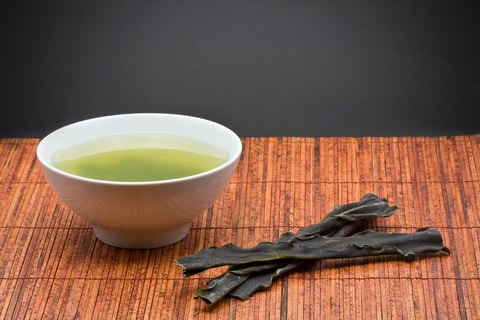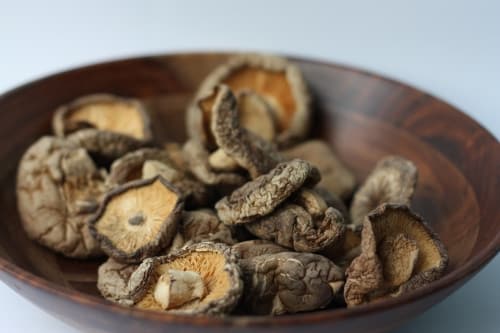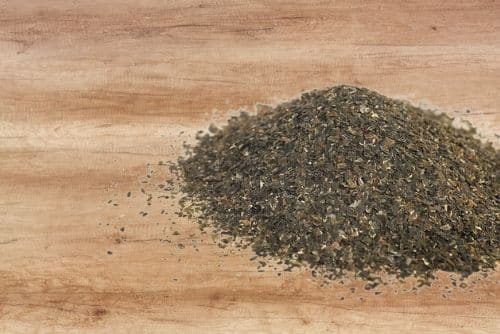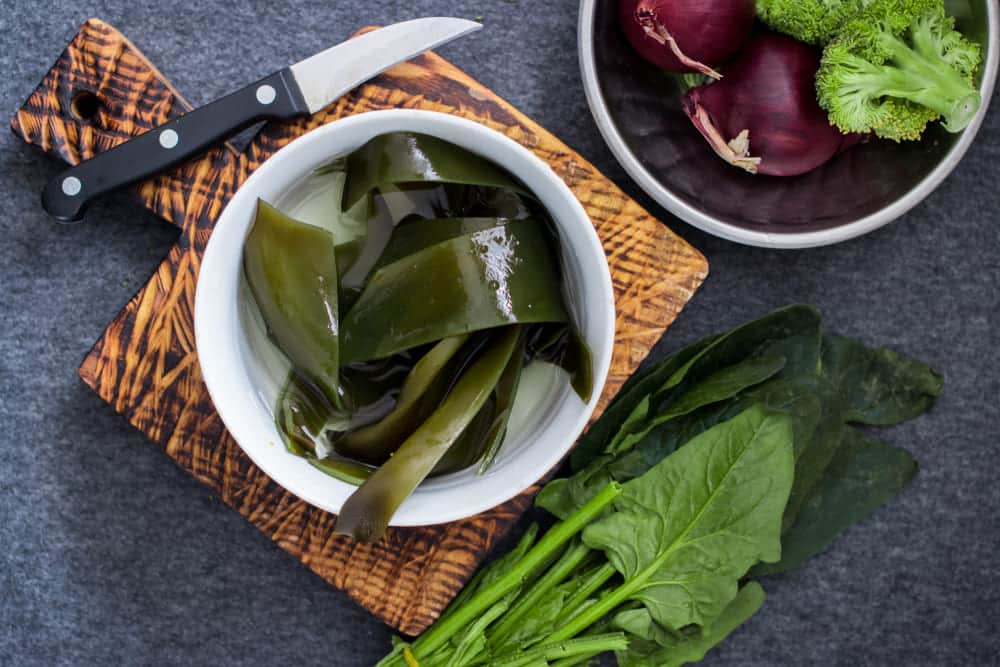
Kombu is a seaweed traditionally consumed in Japan for hundreds of years. Along with Japanese cuisine, it is also famous in Chinese cooking.
Kombu can be consumed in two ways, i.e., either by making a broth out of the seaweed or boiling it and having it as a side or appetizer.
More often than not, Kombu broth is widely sought to make dishes like the Boiled Tofu, Kombu Tsukudani, Udon noodles, and much more.
The seaweed itself is called Kombu, while the broth made using the seaweed is called Dashi. Commonly, the Dashi comprises an additional ingredient like mushrooms, fish, or chicken.
It is flavorful and rich in Umami flavor. The umami taste is one of the five flavors that are rich and has a delicious savory aroma. The meaty palate that umami flavors have to offer is relished.
The umami flavor translates to “essence of deliciousness” in Japanese.
Kombu Substitutes
Kombu is sometimes hard to find. You’re probably reading this article because you can’t get your hands on some Kombu either. Worry not! We’ve got a list of substitutes for you.
1. Dried Shiitake Mushroom Soup Stock
Shiitake mushrooms are among some of the most famous mushrooms. They are rich in flavor and are distinctively renowned for their rich taste.
Cooking with Shiitake mushrooms is every chef’s dream. If you can’t find some Kombu, replacing it with Shiitake mushrooms is not a bad idea.
Make sure you use dried shiitake mushrooms for a rich flavor. Just boil the mushrooms in some water. Add a few essential herbs like basil, parsley, and oregano for the flavor.
Once the stock is ready, you can grind the mushrooms and cook them in the stock. This way, your stock would be bursting with flavor, and you won’t even feel like you used a substitute.
2. Ajinomoto
Don’t be confused if you’ve never heard the word Ajinomoto before. Ajinomoto itself is not an ingredient; instead, it is just the brand name of a product from a Japanese company. So, what is Ajinomoto?
It is just monosodium glutamate (Chinese salt) used as a salt. The Chinese have been using Ajinomoto salt as a flavor enhancer for many years. It provides the desired umami flavor and is easy to find in most leading superstores.
MSG is generally used as a flavor enhancer, though it can cause several health issues like obesity or hypertension when consumed in excessive quantities. If you’re controlling your salt intake, you may want to avoid using this as a substitute.
Secondly, if Ajinomoto is not available, you can easily find MSG being sold by different brand names in superstores all over.
3. Kombu Granules
Getting your hands on fresh Kombu might be a little bit of a hassle. Dried Kombu is usable for as long as five years. However, alternatives like Kombu granules or cubes are easy to find.
All you have to do is boil the granules in hot water. Once the granules dissolve, adjust the spices according to taste. Kombu Granules are ideal for getting the unique Dashi flavor.
If you are looking to satisfy your kombu cravings instantly, Kombu granules are your go-to option. As mentioned earlier, you’d have to go through a lot of hassle to make Kombu from scratch. Kombu granules provide a perfect remedy to this problem.
However, be mindful that the Kombu granules contain a relatively higher proportion of sodium. If you are concerned about your meal ingredients, the good news for you is that healthy variants of these granules are also available in the market.
If you see “Mutenka” or “MSG-Free” written on the packaging, it means that it doesn’t contain those unhealthy ingredients. While purchasing the Kombu granule, check to see whether MSG-free or Mutenka is written or not.
4. White Fish
Whitefish is the answer if it’s the most desired umami flavor that you’re after. Whitefish are easy to find. Just clean the fish out, and let it boil in some water. Add flavor according to your palate.
Let the fish boil for an hour or two until you can feel the rich aroma filling up your apartment or even your neighbors. After all, this is fish we’re talking about.
Make sure that you don’t end up overcooking the white fish. While overcooked white fish is a delicious meal, an overcooked one will disappoint your guests. You may want to set a reminder if you happen to be forgetful.
Fresh Chicken stock is a great substitute option. To enhance the flavor, use a few mushrooms while making the stock. Grind a little boiled chicken and add it to the stock.
This will give a fulfilling flavor. If you can’t get fresh chicken, you can always use chicken cubes or ready-made stock. Go a little easy on the salt when cooking with ready-made products.
The best thing about chicken stock is that you can even use the leftover bones to make it. Wings, legs, breasts, and other parts are great, but even the leftover bones work just fine and add the flavor of chicken to your chicken stock.
If you have leftover bones that no one would eat at your home, adding them to the pot will be a great idea. As a cherry on the cake, you can keep it in your refrigerator for several days or freeze it for months.
If you want your chicken stock to be more flavorful, consider using a higher amount of chicken. The more chicken parts you add, the tastier your dish will become.
To add the flavor to the next level, you may add chopped onion, carrots, and a few garlic cloves. Bay leaves, peppercorns, fresh herbs, and fennel are also widely-used options for adding flavor.
However, it’s recommended to keep it mild since you won’t want to overpower your dish with the ultra-flavorful chicken stock.
6. Vegetable Seaweed
Unlike most chefs, what if you’re not looking for the meaty umami flavor? Or are you cooking a vegetarian dish for your vegan friends? Well, whatever the case may be, we’ve got the solution.
You can use other seaweeds like the hijiki or the wakame seaweed. Both of these are easy to find and even easier to cook. They’re commonly used for making vegan dishes, soups, and fresh salads.
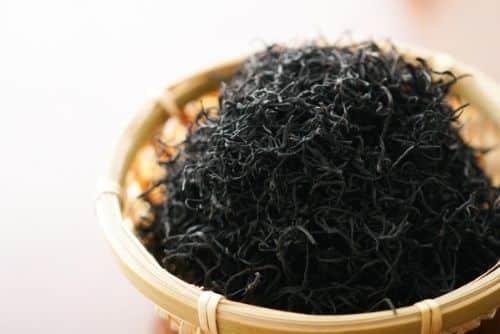
Since Kombu is among the hard-to-find seaweeds. So, using a substitute doesn’t seem like a bad option. The alternatives are equally good and can get the job done.
If you get your hands on fresh Kombu, make sure to store it. You can use dried kombu for as long as 5 years. After all, there’s nothing like fresh Kombu!
